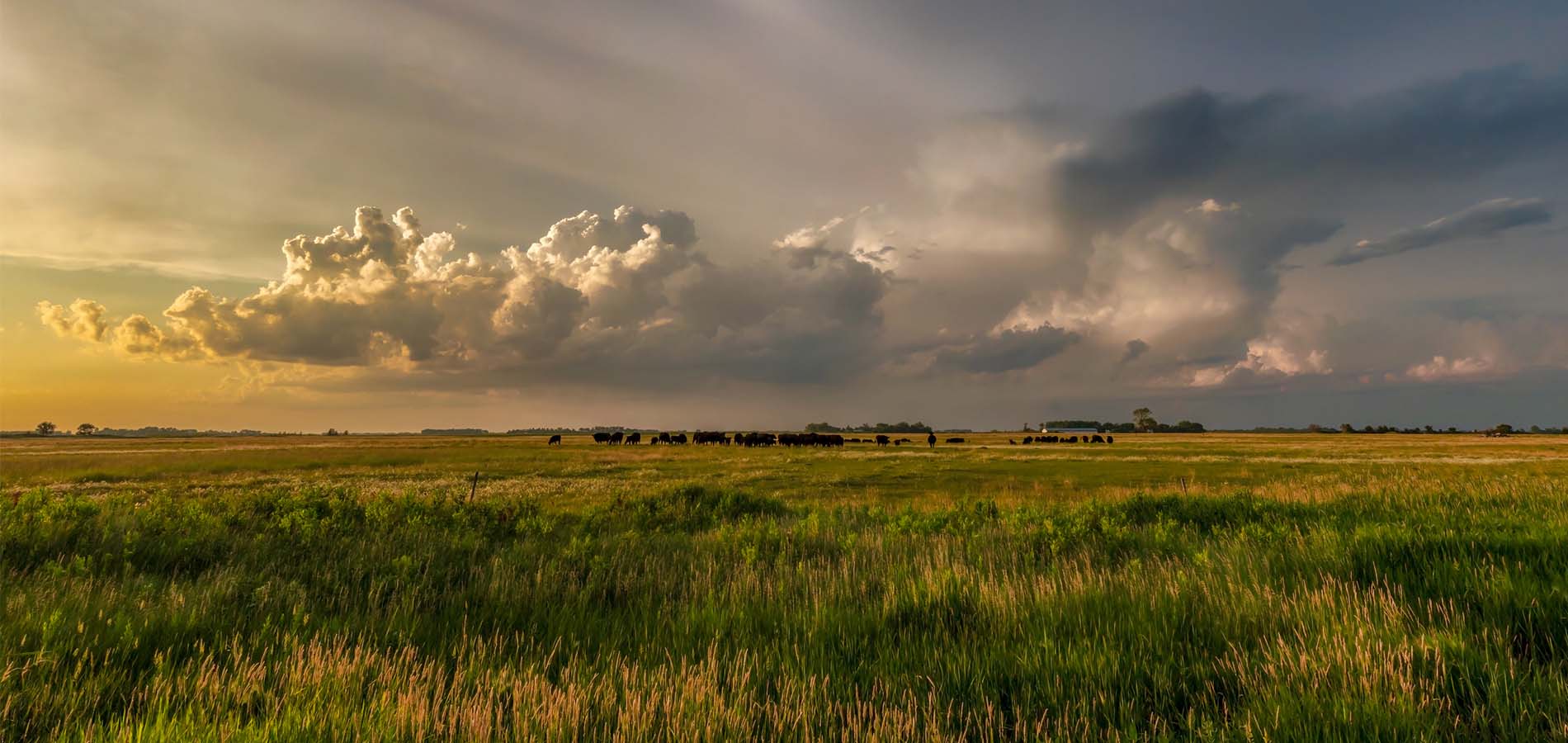
Almost a quarter of the corn crop is silking across the primary growing areas of the country. That’s slightly ahead of the five-year average. Just over half of the crop is rated good to excellent, with 14% listed as poor to very poor. Over 40% of the soybean crop is blooming, which is ahead of the average pace.
Growing conditions have been good across much of the upper Midwest, although dry. Recent rainfall in the central plains and Ohio Valley arrived just in time to alleviate a prolonged dry spell that is also benefiting reproductive crops.
The heat continues across the south and stress on livestock has been incredibly high. Drought conditions are present across sections of Kansas, eastern Nebraska, Missouri, and much of Iowa. Portions of southern Texas are extremely dry as well, with sections of Illinois and Indiana drifting into an undesirably dry scenario.
Across eastern North Dakota, most of Minnesota, and Wisconsin conditions are abnormally dry with pockets of moderate drought. As of the latest Drought Monitor, portions of Minnesota and Wisconsin are now in the extreme drought category. Growing degree days are well above normal across the upper Midwest compliments of warmer-than-average temperatures.
As promised with predictions we made earlier this spring, a drier-than-normal pattern appeared to be setting up across our region. The long-range forecast still suggests temperatures remaining near to below normal into later this summer, with much of the heavy precipitation setting up just to our south.
With El Nino intensifying, warmer-than-normal temperatures are likely to impact the south, western United States, and most of the east coast. With this clash of airmass colliding across the central U.S., widespread rain will likely impact the Corn Belt and eastern U.S., enhancing summer crop development, and hopefully easing drought conditions.
The latest El Nino forecast confirms a high probability of warmer-than-normal sea surface temperatures continuing through the winter of 2023 and 2024. Warmer-than-normal temperatures are common across North Dakota, Iowa, Minnesota, and Wisconsin during strong El Nino winters. However, precipitation is highly variable.



